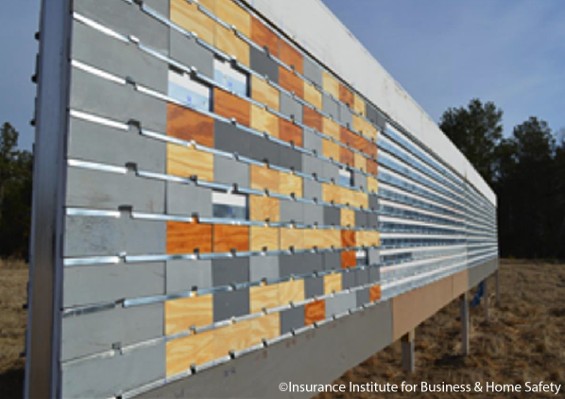Many of us in Berkeley have house sidings that are not fire-resistant. For instance, many pre-1923 houses (before the Great Berkeley Fire of 1923), and quite a few post-1923 houses have stunning redwood shingle siding. It would be wonderful if we could turn these sidings, in one simple and economical process, into fire-resistant sidings by painting them with a coating—and, sure enough, many contractors in Berkeley offer that service: they offer to paint your house siding with [generally] intumescent paints, that will, supposedly, turn into a fire-resistant carbon-based coating or into a fire-retardant layer when exposed to heat.
Do they work, though?
How do intumescent coatings work?
Most fire-resistant or fire-retardant coatings are intumescent paints: “when heat is applied to intumescent coatings, they swell up to 20 times their original dry-film coating thickness, creating an insulating layer that provides protection that is effective until the layer is consumed” (Quarles 2017). They come with a time duration for which they supposedly work, often 5 years, after which they must be reapplied.
What the research says
A fire-retardant coating must satisfy the ASTM E84 standard, which measures the speed at which flame spreads, and how much smoke is generated, using two standard indices. So, clearly, when you apply these coatings and test them, the products must be passing these tests. However, whether they work in the field, after months of years of exposure, is a different matter. A high-quality and thorough piece of research to investigate it was a peer-reviewed article by famed wildfire science researcher Steven Quarles with Christine Standohar-Alfano, published in 2017: Performance of Fire-Retardant Coatings Used in Exterior Applications.
The authors gathered 5 different products that were commercially available, all of which passes ASTM E84 with class A performance, and weathered them in outdoor environments for up to 60 months (test results reported were at 12 months in the study), using a total of 363 specimens.
The outcome of the tests, for all 5 coatings, was extremely disappointing: “when all heat flux exposure levels are considered and regardless of the weathering period, none of the coating products provided significant protection when coated specimens were compared to the uncoated specimens. At least with current formulations, these coating products cannot be relied on to provide any enhanced protection for radiant heat exposures over an uncoated product.”
Another similar article from 2018, Effects of natural weathering on the fire properties of intumescent fire-retardant coatings, by authors from the same lab, draws similar conclusions. There are several other, older articles, available, which, unfortunately, report the same results.
Would the most recent products function any better? There has been no publicized new technology developed since, and there is no peer-reviewed research available to demonstrate performance. Given that, in the past 20 years, fire-resistant coatings were passing ASTM E84 test but that no research article, between 2005 and 2018, has shown positive performance after any significant weathering, it is unlikely that the probability of success of a modern coating is any higher. In fact, we have not found anything to indicate differences in coating formulations.
Does the use of fire-resistant coatings allow you to satisfy building code requirements for fire resistance?
Is it possible to “pass” the building code requirements for some specific uses by using fire-resistant coatings? In the latest edition of Chapter 7A of the California Building Code, the answer is “no.”
References:
- Performance of Fire-Retardant Coatings Used in Exterior Applications by Quarles et al., 2017 [PDF]
- Fire-Retardant Coatings Used in Exterior Applications – Insurance Institute for Business & Home Safety
- Effects of natural weathering on the fire properties of intumescent fire‐retardant coatings, by Bahrani et al, 2018 [Abstract]
Conclusion
Existing research indicates that intumescent paints and fire-retardant coatings are not effective in creating fire-resistant siding.
